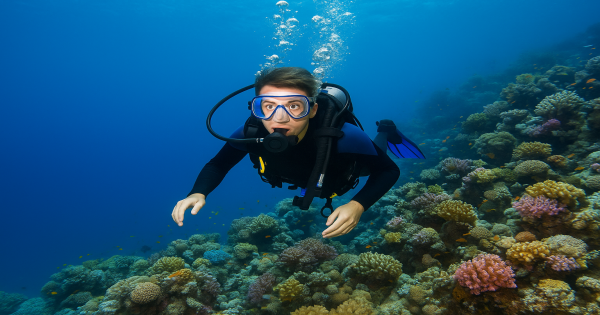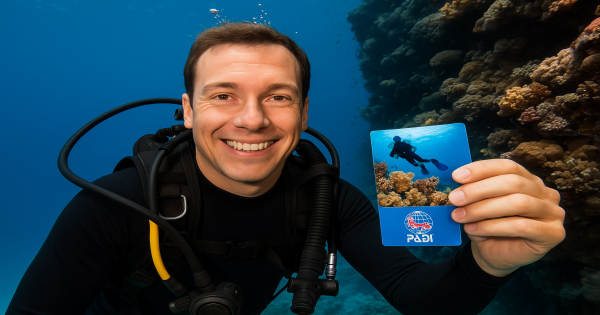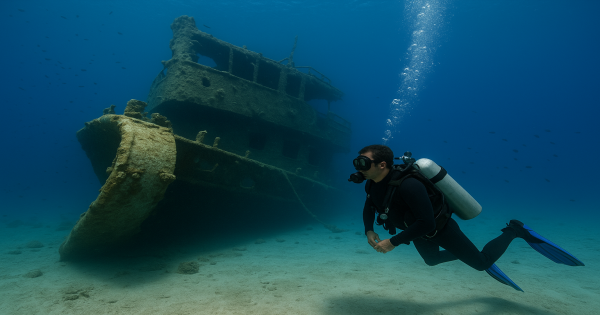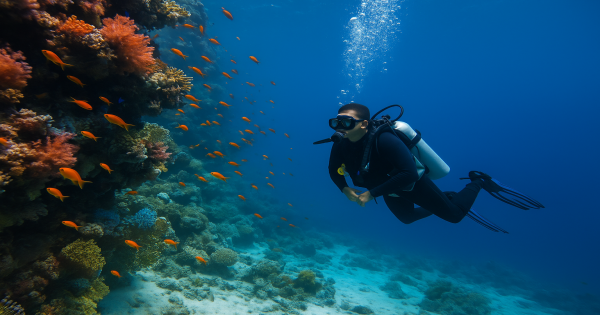Blog Details
Types of Sharks in the Red Sea
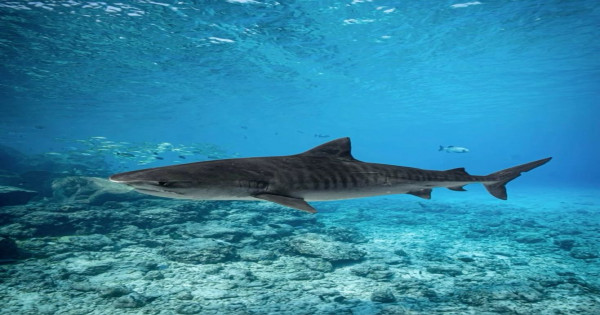
Types of Sharks in the Red Sea: A Diverse Marine Habitat
Sharks play a crucial role in maintaining the ecological balance of the ocean by controlling fish populations and promoting healthy marine ecosystems. From agile reef sharks to powerful open-water predators, the Red Sea is home to a wide range of shark species, each with unique characteristics and behaviors. In this article, we will explore some of the most well-known types of sharks in the Red Sea, their traits, habitats, and importance in the ecosystem.
The Red Sea is one of the most remarkable marine environments in the world, known for its rich biodiversity and stunning coral reefs. Stretching between Africa and the Arabian Peninsula, this unique body of water hosts a variety of marine species, including some of the most fascinating sharks. The warm waters, clear visibility, and abundant food sources make the Red Sea an ideal habitat for many shark species.
Tiger Shark (Galeocerdo cuvier)
The tiger shark is one of the most formidable predators found in the Red Sea. It gets its name from the dark, vertical stripes along its gray body, which resemble a tiger’s pattern. This species can grow up to 5 meters (16 feet) in length and is known for its powerful jaws and sharp teeth, allowing it to consume a wide variety of prey.
Habitat and Behavior
Tiger sharks are highly adaptable and can be found in both deep and shallow waters. They are known for their opportunistic feeding habits, consuming fish, turtles, seabirds, and even discarded waste from boats. Their aggressive and curious nature makes them one of the most respected and, at times, feared sharks among divers. However, these sharks play a crucial role in the ecosystem by maintaining the balance of marine populations.
Whitetip Reef Shark (Triaenodon obesus)
The whitetip reef shark is a smaller species, usually measuring around 1.5 meters (5 feet) in length. It is easily identified by the white tips on its fins and its slender, elongated body. Unlike tiger sharks, whitetip reef sharks are not aggressive and are known for their calm and social nature.
Habitat and Behavior
This species is most commonly found near coral reefs, resting in caves and crevices during the day and becoming active at night. Unlike some shark species that must keep moving to breathe, whitetip reef sharks can remain stationary, making them a favorite for divers in Red Sea aquariums and natural reef settings. They primarily feed on small fish and crustaceans and are often seen in small groups.
Dive into the Red Sea! Experience the thrill of encountering the Types of Sharks in the Red Sea up close. Plan your next diving adventure today +201092856966
Blacktip Reef Shark (Carcharhinus melanopterus)
Another well-known species in the Red Sea is the blacktip reef shark, recognized by the distinct black markings on the tips of its fins. This species has a streamlined body and is highly active, making it one of the most commonly encountered sharks in shallow waters.
Habitat and Behavior
Blacktip reef sharks prefer shallow coastal waters, where they hunt for small fish and crustaceans. They are fast swimmers and often seen darting around coral reefs in search of prey. Although generally harmless to humans, they can be skittish and will quickly swim away if approached too closely. Their social behavior makes them an interesting species to observe, as they are often found swimming in small groups.
Hammerhead Shark (Sphyrna mokarran)
One of the most unique and fascinating species found in the Red Sea is the hammerhead shark. Named for its distinct hammer-shaped head, this species has an extraordinary sense of perception, allowing it to detect prey with high precision.
Habitat and Behavior
Hammerhead sharks are known for their migratory behavior, often traveling in large groups. They can be found in deep waters but occasionally venture into shallower areas. The structure of their heads provides them with enhanced sensory abilities, allowing them to detect electrical signals from hidden prey. These sharks mainly feed on fish, squid, and stingrays.
For divers, encountering a school of hammerhead sharks in the Red Sea is an unforgettable experience. Their elegant yet intimidating presence makes them one of the most sought-after species in marine wildlife photography.
Oceanic Whitetip Shark (Carcharhinus longimanus)
The oceanic whitetip shark is one of the most widespread open-water sharks in the world. It is distinguished by its long, rounded fins with white tips, which set it apart from other species.
Habitat and Behavior
Unlike reef sharks, which stay close to shore, oceanic whitetip sharks prefer deep, open waters. They are known for their bold and curious nature, often approaching divers and boats. While not typically aggressive, their inquisitive behavior has led to occasional interactions with humans.
This species is a top predator in the open sea, feeding on fish, squid, and even carrion. Due to its slow swimming style, it relies on its opportunistic nature to find food. Despite being one of the most remarkable sharks in the ocean, it faces significant threats due to overfishing and habitat destruction.
Learn More About Sharks! Explore the fascinating world of Red Sea sharks and discover their role in the marine ecosystem. Click here for more insights +201092856966
The Importance of Sharks in the Red Sea Ecosystem
Sharks are often misunderstood and portrayed as dangerous creatures, but in reality, they play an essential role in maintaining the health of marine ecosystems. In the Red Sea, sharks help regulate fish populations, prevent the overgrowth of certain species, and support coral reef health. Without sharks, the delicate balance of the ocean would be disrupted, leading to negative consequences for marine life.
However, shark populations worldwide are declining due to several human activities, including:
-
Overfishing – Many sharks are caught for their fins, meat, and liver oil.
-
Climate change – Rising sea temperatures and coral bleaching impact shark habitats.
-
Pollution – Plastic waste and chemical pollutants threaten marine ecosystems.
Protecting shark species in the Red Sea is vital for preserving the region’s biodiversity. Marine conservation efforts, such as establishing marine protected areas, reducing plastic waste, and promoting responsible diving practices, can help safeguard these magnificent creatures.
The types of sharks in the Red Sea are as diverse as the marine environment they inhabit. From the powerful tiger shark to the agile blacktip reef shark, each species plays a crucial role in maintaining the health of the ocean. While some sharks prefer the security of coral reefs, others roam the open waters, showcasing their adaptability and resilience.
As humans, we have a responsibility to protect these incredible predators and the marine ecosystems they support. By respecting their habitats, supporting conservation initiatives, and promoting sustainable tourism, we can ensure that future generations will continue to marvel at the breathtaking sharks of the Red Sea.
